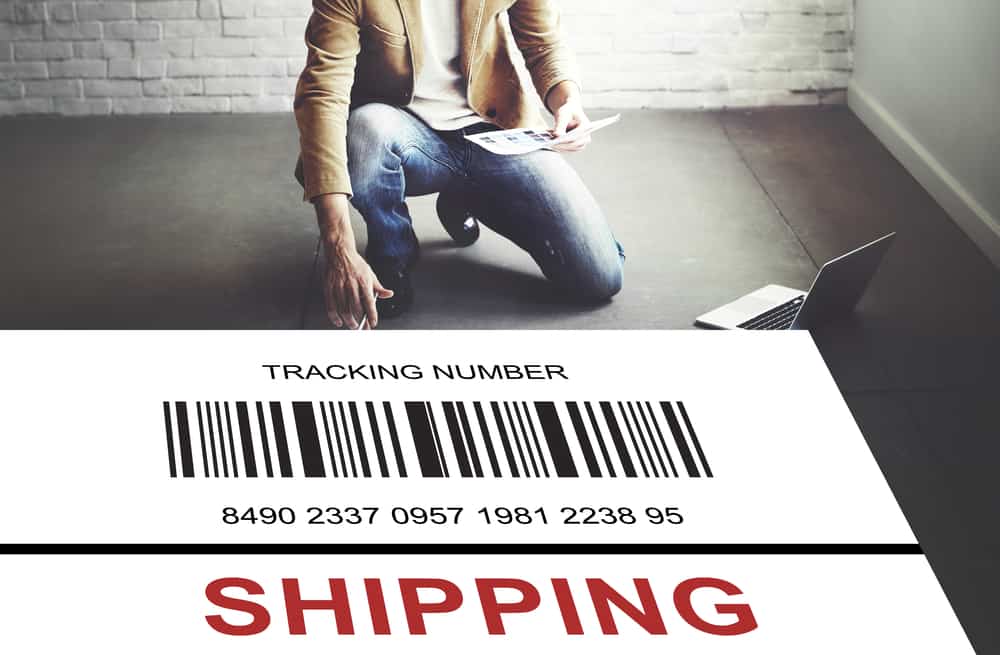
A Bill of Lading may seem like any other agreement, however the law relating to bills of lading is both some of the oldest and most complex
What is a bill of lading?
A Bill of Lading is simply a document that has three roles – it is evidence of the contract of carriage, it is a proof of receipt of goods by the carrier, and it is a document of title of the goods.
This means that a Bill of Lading is not even a contract but evidence that the contract of carriage exists. In simpler terms, it is the receipt that one should hold on to protect him if a problem arises when the goods come. It is proof, it is evidence, it is the title – this is as simple as the explanation could go.
How to Read a Bill Of Lading When Importing Goods?
Now that a Bill of Lading has been discussed, how does one read a bill of lading when he or she is importing the goods? The answer requires a few steps.
- The holder must first determine the kind of bill that he is holding. Is it a port to port one, a combined transport one, or another type of bill? Knowing the kind of bill of lading would help the individual know the limitation of liability that the carrier would cover in times of damage to the goods.
- A port to port bill of lading is one where the responsibility of the carrier would begin at the port where the goods are received and loaded and ends where the goods are placed and finally discharged.
- A combined transport bill of lading is one where there are a lot of movements that the goods will undergo before it reaches the recipient.
- A multi modal bill of lading is the same as the one above.
- A through bill of lading means that the liability of the carrier is only at sea.
- After knowing the kind of bill of lading, the holder should know the limit of the liability. Since there is a limited liability rule at sea, how does one know the total amount that his items are insured? The laws provide for the maximum amount so that should be enough.
- Finally, the holder must find the following items in the bill of lading:
- The carrier’s name should be available in the bill;
- There should be a signature from any of the following persons: the carrier, the ship’s master, or a legal representative of either of these parties;
- There must be a date and an indication that the goods are being loaded to the vessel;
- For a port to port kind of bill of lading, there must be a notation of the port of loading and the port of destination;
- A detailed description of the goods being shipped should be provided, including:
- The value of the goods for insurance purposes;
- The total count;
- The weight and the size; and
- Any kind of markings.
- The terms and conditions of the contract should be provided;
- The name of the consignee who is the person who is to receive the goods; and
- It should also include any special instructions for shipping.
It is always important to have your documents reviewed to ensure that your goods are delivered.



